If you ever want to know the 'entomology' of the salt water prey species, this is a good place to look. You will become a very educated salt water fisherman if you read and understand these sections. This will fortunately not be so hard, because even though Roberts has a very scientific way of treating his subject, it's not hard to read and undterstand the book.

Hi fellow salty book readers,
One more book review and one more book for the shelves. A probable must for the salt water fly fisher:
- A Fly Fishers Guide to Saltwater Naturals and their Imitation
- George V.Roberts Jr.
- Published by Ragged Mountain Press, Camden Maine, 1994
- ISBN 0-07-053166-8
- US$ 34.95
This book has three sections:
- Predation and Imitation
- Saltwater forage species
- Directory of fly patterns
And that's actually it... This is in essence what the book deals with. But the depth and details of these sections is so much more than the titles tell. The two first sections are worth every dime you paid for the book.
If you ever want to know the 'entomology' of the salt water prey species, this is a good place to look. You will become a very educated salt water fisherman if you read and understand these sections. This will fortunately not be so hard, because even though Roberts has a very scientific way of treating his subject, it's not hard to read and undterstand the book. He has a great attention to detail and will mention the necesarry facts, but in a way that is digestable to a layman. I'm not saying this is an easy book to read under all circumstances, but just that it's easy to read if you are motivated.
The first part of the book will teach you some basic understanding of the mechanisms in hunting. This embraces both predator behaviour and prey morphology and behavior. Roberts knows his subject. He lists different kinds of stimuli and associates many of his statemens with real life observations - made by himself or other firhermen or guides. Understanding these basic mechanisms is very valuable to the fly fisherman and tyer.
Each of the species that Roberts mentions has it's own chapter. In this you learn the basic morphology of the animal. You also learn enough about its way of living and its lifecycle, to apply it to your fishing. Roberts deals with most US species, but a lot of these are cosmopolitans, and the knowledge gained here will be usefull in other regions of the world. Roberts covers fish, squid, crustaceans and different worms.
The last chapters in the book is probably what many will use as argument for buying the book: fly patterns. But even though it's a very good section, it's not the best part. Roberts links the patterns with the different forage species, but I think he would have made a better point by treating the biology of the species and the flies side by side. The way that it's done now is more traditional, and makes the fly section more like any other fly pattern book you might find. Roberts' comments on the flies are very good, though, and raises the value of the section.
All the chapters are beautifully illustrated with B/W drawings, color paintings and photos.
This book is a must to the serious salt water fly fisher. If you want to know the hows, whens and whys of salt water predation, there will probably be an answer here.
Highly recommended
Martin
- Log in to post comments

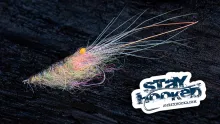
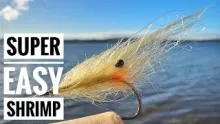
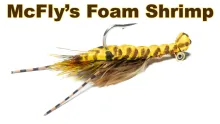

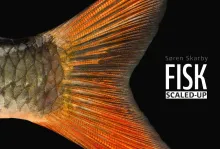
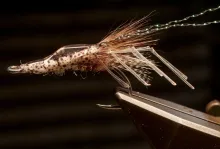

I would like to cont
I would like to contact George Roberts to have him help me improve my fly casting, I Live in eastern Massachusetts and I beleive George does also. Please forward this request to him.
Thank You